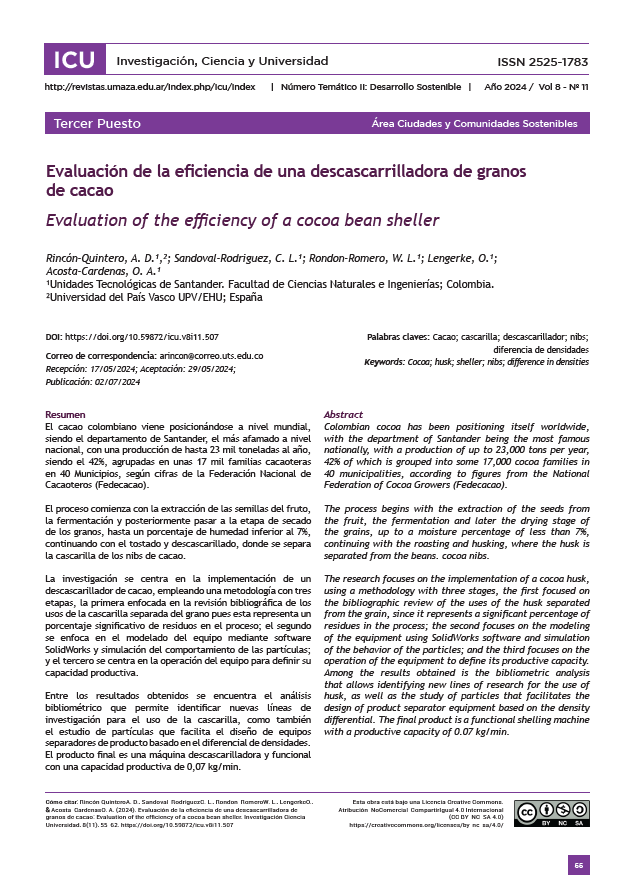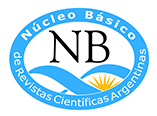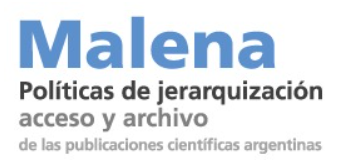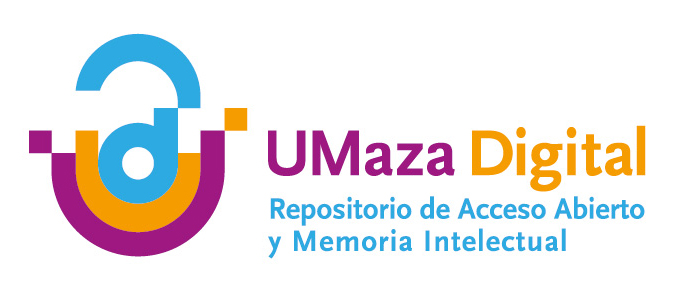Evaluación de la eficiencia de una descascarrilladora de granos de cacao
Evaluation of the efficiency of a cocoa bean sheller
DOI:
https://doi.org/10.59872/icu.v8i11.507Keywords:
españolAbstract
Colombian cocoa has been positioning itself worldwide, with the department of Santander being the most famous nationally, with a production of up to 23,000 tons per year, 42% of which is grouped into some 17,000 cocoa families in 40 municipalities, according to figures from the National Federation of Cocoa Growers (Fedecacao).
The process begins with the extraction of the seeds from the fruit, the fermentation and later the drying stage of the grains, up to a moisture percentage of less than 7%, continuing with the roasting and husking, where the husk is separated from the beans. cocoa nibs.
The research focuses on the implementation of a cocoa husk, using a methodology with three stages, the first focused on the bibliographic review of the uses of the husk separated from the grain, since it represents a significant percentage of residues in the process; the second focuses on the modeling of the equipment using SolidWorks software and simulation of the behavior of the particles; and the third focuses on the operation of the equipment to define its productive capacity.
Among the results obtained is the bibliometric analysis that allows identifying new lines of research for the use of husk, as well as the study of particles that facilitates the design of product separator equipment based on the density differential. The final product is a functional shelling machine with a productive capacity of 0.07 kg/min.
Downloads

Published
How to Cite
Issue
Section
Categories
License
Copyright (c) 2024 Arly Dario Rincón Quintero, C. L. Sandoval-Rodriguez, W. L. Rondon-Romero, O. Lengerke, O. A. Acosta-Cardenas

This work is licensed under a Creative Commons Attribution-NonCommercial-ShareAlike 4.0 International License.




















